Blend modes in StylePix are used to determine how two layers are blended into each other. The default blend mode is simply to hide the lower layer with whatever is present in the top layer. In StylePix, you can use 21 types of blend mode.
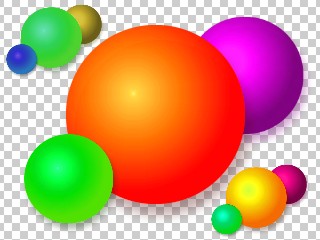
Original: upper layer
|
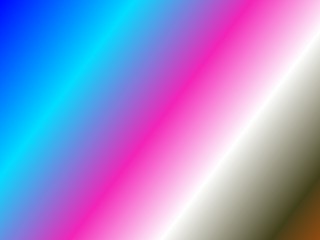
Background: lower layer
|
Normal Mode
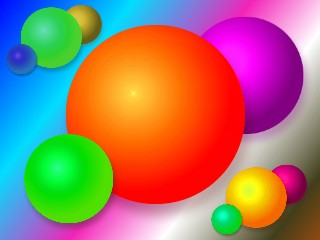 Normal mode is the default. The colors of the two layers will not interact in any way, and it will display the full value of the colors in the upper layer. However, lower layer can be seen by change the opacity of upper layer.
Normal mode is the default. The colors of the two layers will not interact in any way, and it will display the full value of the colors in the upper layer. However, lower layer can be seen by change the opacity of upper layer.
Darken Mode
 Darken mode compares each pixel value of the upper layer to its counterpart’s pixel value of the lower layer and chooses the darker of the two to display. As a result, the dark part of two layer is emphasized.
Darken mode compares each pixel value of the upper layer to its counterpart’s pixel value of the lower layer and chooses the darker of the two to display. As a result, the dark part of two layer is emphasized.
Multiply Mode
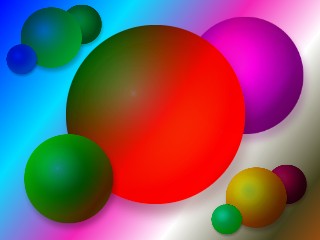 Multiply mode darkens the lower layer based on the darkenss of the upper layer. No part of the image will get lighter. Any applied tone darker than white darkens the lower layer. White becomes transparent.
Multiply mode darkens the lower layer based on the darkenss of the upper layer. No part of the image will get lighter. Any applied tone darker than white darkens the lower layer. White becomes transparent.
Burn Mode
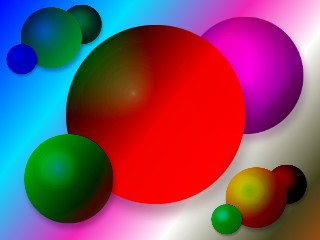 Linear Burn mode works like multiply but the results are more intense.
Linear Burn mode works like multiply but the results are more intense.
Color burn Mode
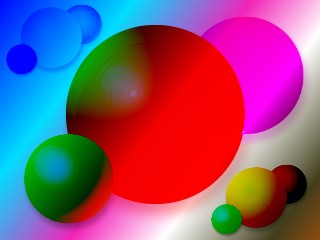 Color Burn mode burns in the color of the upper layer with the lower layer. No part of the image will get lighter.
Color Burn mode burns in the color of the upper layer with the lower layer. No part of the image will get lighter.
Add Mode
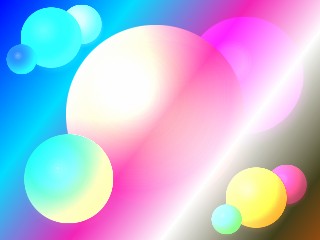 Add mode adds the color of the upper layer to the lower layer.
Add mode adds the color of the upper layer to the lower layer.
Average Mode
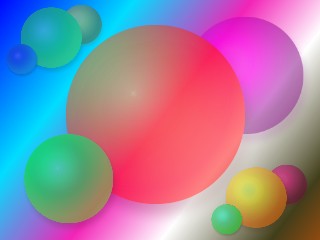 Average mode averages of the color of the upper layer and the lower layer.
Average mode averages of the color of the upper layer and the lower layer.
Lighten Mode
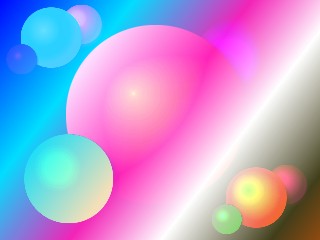 Lighten mode compares the two layers pixel for pixel and uses the lightest pixel value. No part of the image gets darker.
Lighten mode compares the two layers pixel for pixel and uses the lightest pixel value. No part of the image gets darker.
Screen Mode
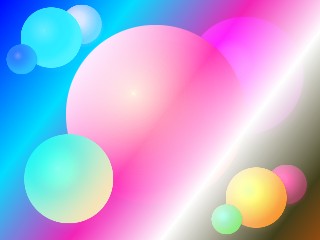 Screen mode brightens by lightning the lower layer based on the lightness of the upper layer. The result is always lighter, and makes it a good mode for correcting exposure in photos that are too dark.
Screen mode brightens by lightning the lower layer based on the lightness of the upper layer. The result is always lighter, and makes it a good mode for correcting exposure in photos that are too dark.
Color dodge Mode
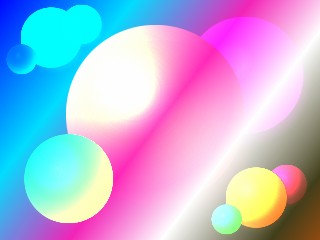 Color Dodge mode dodges the lower layer with the upper layer, resulting in a lighter image. No part of the image will be darkened.
Color Dodge mode dodges the lower layer with the upper layer, resulting in a lighter image. No part of the image will be darkened.
Dodge Mode
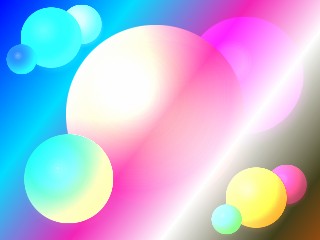 Linear Dodge mode works like screen but with more intense results.
Linear Dodge mode works like screen but with more intense results.
Overlay Mode
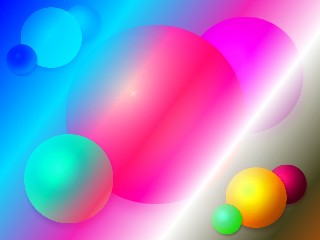 Overlay mode multiplies the light colors and screens the dark colors.
Overlay mode multiplies the light colors and screens the dark colors.
Soft light Mode
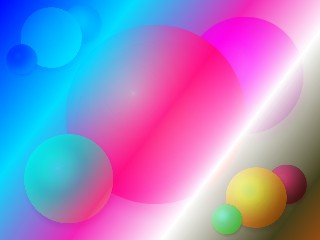 Soft Light mode will multiply the dark tones and screen the light tones.
Soft Light mode will multiply the dark tones and screen the light tones.
Hard light Mode
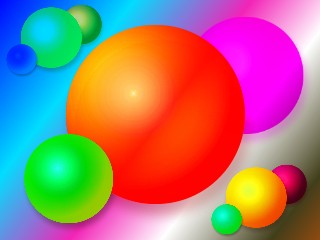 Hard Light mode muliplies the dark colors and screens the light colors.
Hard Light mode muliplies the dark colors and screens the light colors.
Pin light Mode
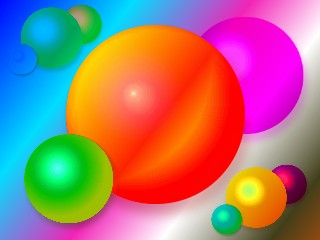 Pin Light mode changes the lower layer pixels depending on how bright the pixels are in the upper layer. It acts like Multiply when the upper layer color is darker than neutral gray, and acts like screen if the upper layer color is lighter than neutral gray.
Pin Light mode changes the lower layer pixels depending on how bright the pixels are in the upper layer. It acts like Multiply when the upper layer color is darker than neutral gray, and acts like screen if the upper layer color is lighter than neutral gray.
Subtract Mode
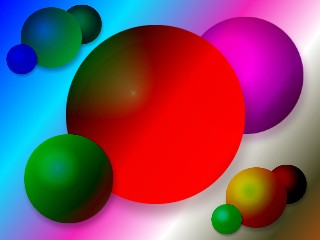 Subtract mode subtracts the color of the upper layer from the lower layer.
Subtract mode subtracts the color of the upper layer from the lower layer.
Negation Mode
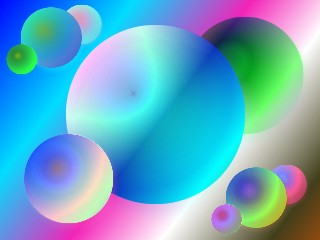 Negation mode changes the lower layer pixels depending on negation of the uppper layer.
Negation mode changes the lower layer pixels depending on negation of the uppper layer.
Difference Mode
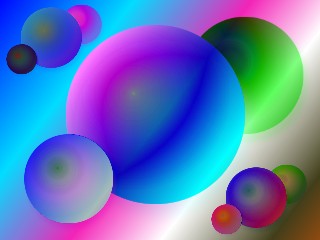 Difference mode reacts to the differences between the upper and lower layer pixels. Large differences lighten the color, and small differences darken the color.
Difference mode reacts to the differences between the upper and lower layer pixels. Large differences lighten the color, and small differences darken the color.
Exclusion Mode
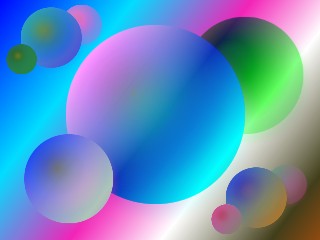 Exclusion mode uses the darkness of the lower layer to mask the difference between upper and lower layers.
Exclusion mode uses the darkness of the lower layer to mask the difference between upper and lower layers.
Hue Mode
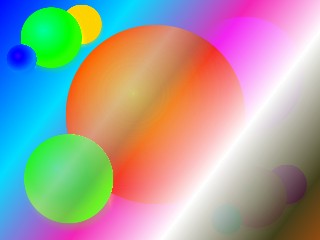 Hue mode changes the hue of the lower layer to the hue of the upper layer but leaves brightness and saturation alone.
Hue mode changes the hue of the lower layer to the hue of the upper layer but leaves brightness and saturation alone.
Saturation Mode
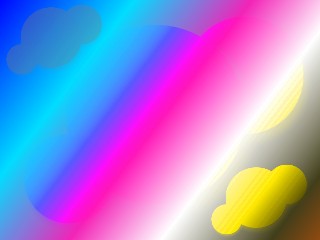 Saturation mode changes the saturation of the lower layer to the hue of the upper layer but leaves brightness and hue alone.
Saturation mode changes the saturation of the lower layer to the hue of the upper layer but leaves brightness and hue alone.
Color Mode
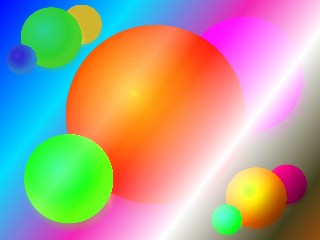 Color mode changes the hue and saturation of the lower layer to the hue and saturation of the upper layer but leaves luminosity alone.
Color mode changes the hue and saturation of the lower layer to the hue and saturation of the upper layer but leaves luminosity alone.
Brightness Mode
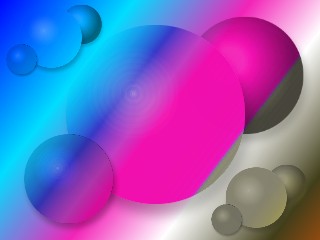 Brightness mode changes the Brightness of the lower layer to the Brightness of the upper layer while leaving hue and saturation the same.
Brightness mode changes the Brightness of the lower layer to the Brightness of the upper layer while leaving hue and saturation the same.